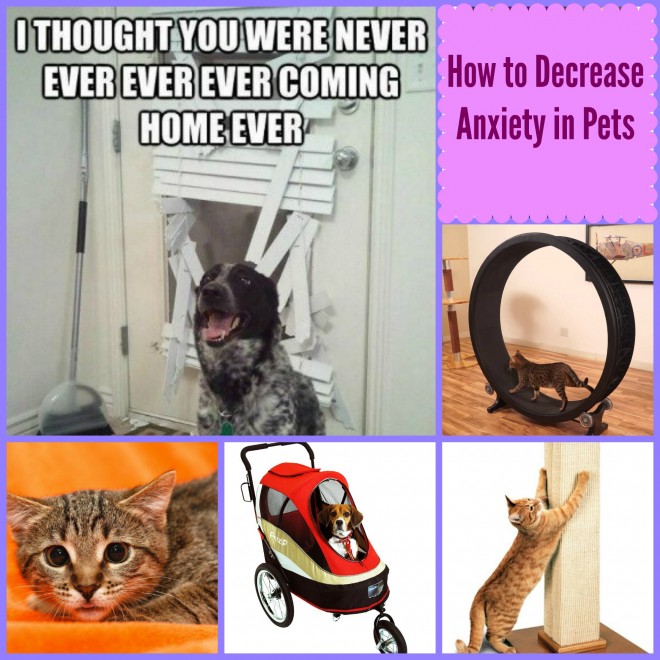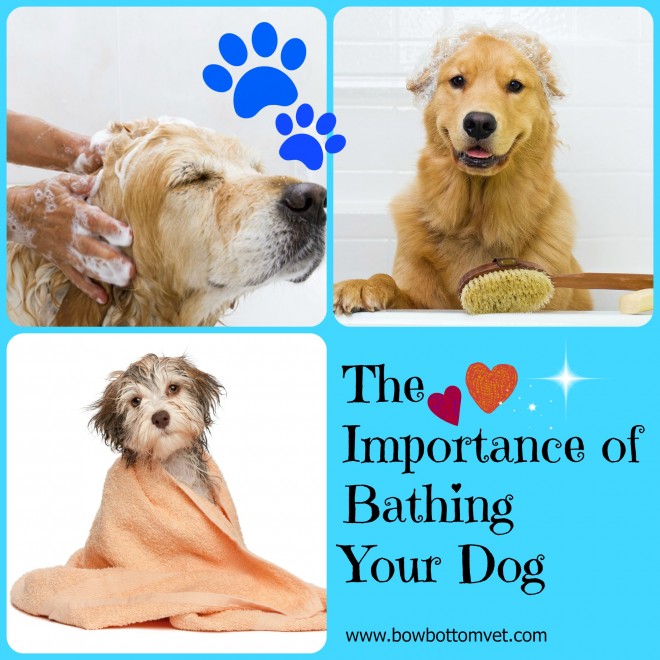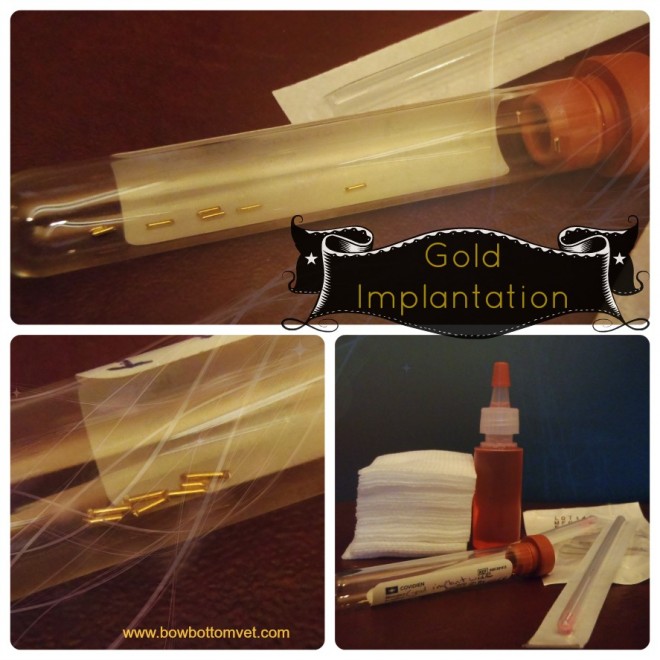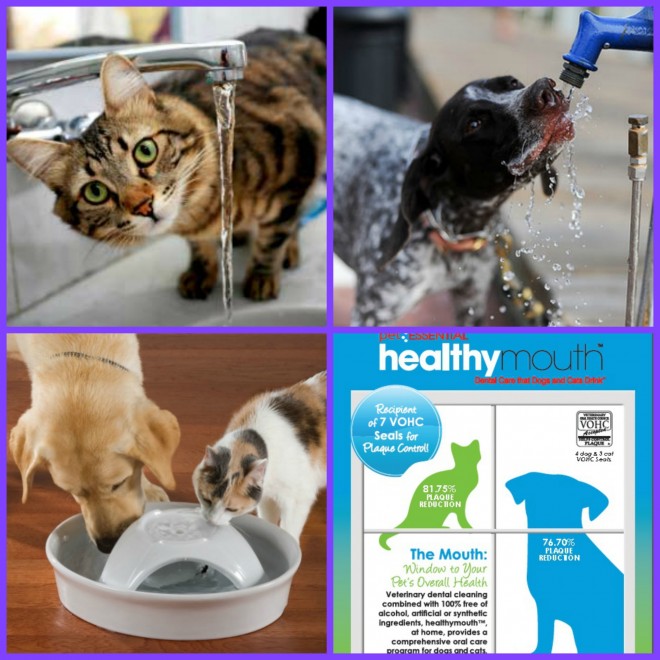Chinese Herbal Medicine Administration
Bow Bottom Veterinary Hospital
Has your pet been prescribed herbal medicine based on a TCVM (Traditional Chinese Veterinary Medicine) diagnosis?
Here are some different ways to administer herbs, tinctures and tablets:
Administration of granules:
Herb granules can often be easily mixed into canned or home cooked food, or into a special treat that your pet enjoys. Start with small amounts at first (1/8 tsp) mixed into food, then gradually wean up to the prescribed dose. To mix with dry food, the granules can be placed in an empty pepper or herb shaker bottle, then sprinkled onto their dry food, similar to mixing spices onto popcorn. Some pets prefer a small amount of water mixed into their dry food which will allow the herb granules to adhere to their dry kibble. Often your pet will eat their food as usual and not know they are receiving their medicine this way.
Commercial “Pill Pockets” are available from us. These are tasty, soft, hollow treats that can be filled with the herb granules that many pets will enjoy eating.
For pets that are sensitive and discerning, the granules can be placed inside gelatine capsules available from us, and then given to your pet by opening their mouth, placing the filled capsule at the back of their tongue and then closing their mouth gently to encourage them to swallow. About 2 to 3 mL of water should then be gently syringed into your pet’s mouth to help the capsule pass down the esophagus well. Afterwards, reward your pet with petting, praise, playtime or a special treat for positive reinforcement.
Another way to help encourage dogs to accept the herb formula is to ‘butter’ a small (1/8 of a whole) piece of whole wheat tortilla or corn tortilla or whole wheat pita bread with organic coconut oil, then sprinkle the herb over coconut oil. Then, roll up the tortilla or pita, and let the dog enjoy this fun treat.
Alternatively, the granules can be mixed with 1 to 3mL of water or pure maple syrup, honey, corn syrup, tuna water, chicken broth or other type of meat broth, and syringed into your pet’s mouth to encourage them to accept them.
Be certain not to use artificial sweeteners as they can be hazardous to pets.
Another way to help encourage dogs to accept the herb formula is to ‘butter’ a small (1/8 of a whole) piece of whole wheat tortilla or corn tortilla or whole wheat pita bread with organic coconut oil, then sprinkle the herb over coconut oil. Then, roll up the tortilla or pita, and let the dog enjoy this fun treat.
Administration of herbal tinctures:
Try mixing the prescribed herbal tincture into your pet’s food, or mixed with a special treat that your pet enjoys such as cooked meat, fish, peanut butter, cheese, canned plain pumpkin, or a recommended food, or a “Pill Pocket”.
For pets that will not eat food mixed with the tincture, we can provide gelatine capsules that the tincture can be mixed in.
Administration of herbal tablets:
Tablets can be crushed and then mixed with food or a treat or placed whole inside a “Pill Pocket”. If your pet will not eat them this way, you can open your pet’s mouth, place the tablet at the back of their tongue and then gently close their mouth to encourage swallowing. 2 to 3mL of water should then be gently syringed into your pets’ mouth to help the tablet pass down the esophagus well.
“Pet Pillers” are helpful for some pets. They are devices available from us that hold the pill so it can be easily placed at the back of your pet’s tongue. A trigger is then activated which releases the pill, and your pet’s mouth then needs to be gently closed to encourage swallowing. Some of the “Pet Pillers” can be pre-loaded with water to ease swallowing.
Homeopathic remedies:
If your pet will not eat the herb granules, liquid tinctures or tablets at full strength, we can make them into an homeopathic liquid that has very minor taste that may be easier to disguise into their food.
If your pet is having any abnormal symptoms after starting the herbal treatments, such as vomiting, diarrhea, constipation, or decreased appetite, please discontinue the treatment and please contact us as soon as possible.
________________________________________________________________________________________________________________________








